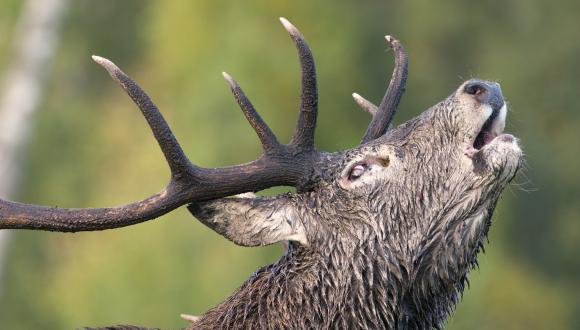Deer management: general guidance
Our general guidance on deer management applies to all owners and managers of land where Scotland’s wild deer roam.
Deer can affect plants, trees and other wildlife, and so deer management helps to manage Scotland’s countryside, land and natural assets as a whole.
Scotland’s deer are owned by nobody but managed by numerous organisations and individuals – as a hunting asset, in the public interest and to reduce deer impacts on agriculture.
Wild deer play a significant ecological role as Scotland’s largest undomesticated grazers. At an appropriate density, their grazing can help to maintain the natural heritage value of many habitats. But deer are also seen as causing ‘damage’ to woodland, farmland and the natural heritage.
Stalking – the act of silently tracking prey to kill it humanely – and fencing are the main deer management methods currently used in Scotland.
Knowing how many deer use an area is important when managing populations for sporting or conservation purposes. Direct observation counts give a snapshot of a deer population within the count area at a specific time, while dung counting is a useful indirect method.
Our simple deer population management tool can help you to deliver the required population on your land over a specified time frame.
As low ground deer populations spread – particularly roe deer in urban areas – we study and respond to how deer interact with people in and around towns. It’s a growing area of work for us.






